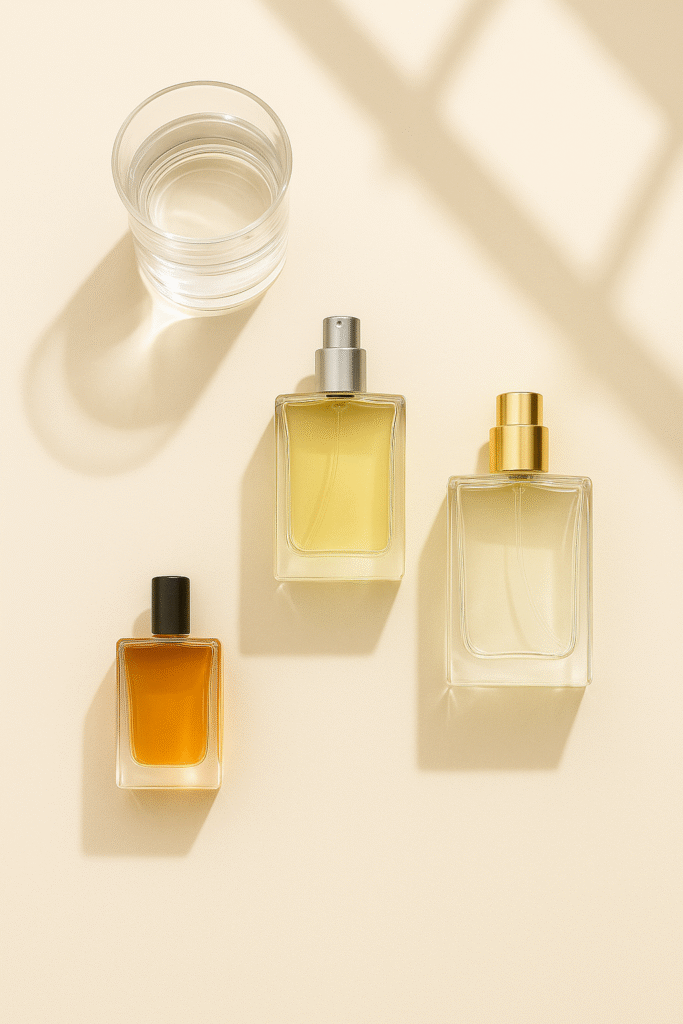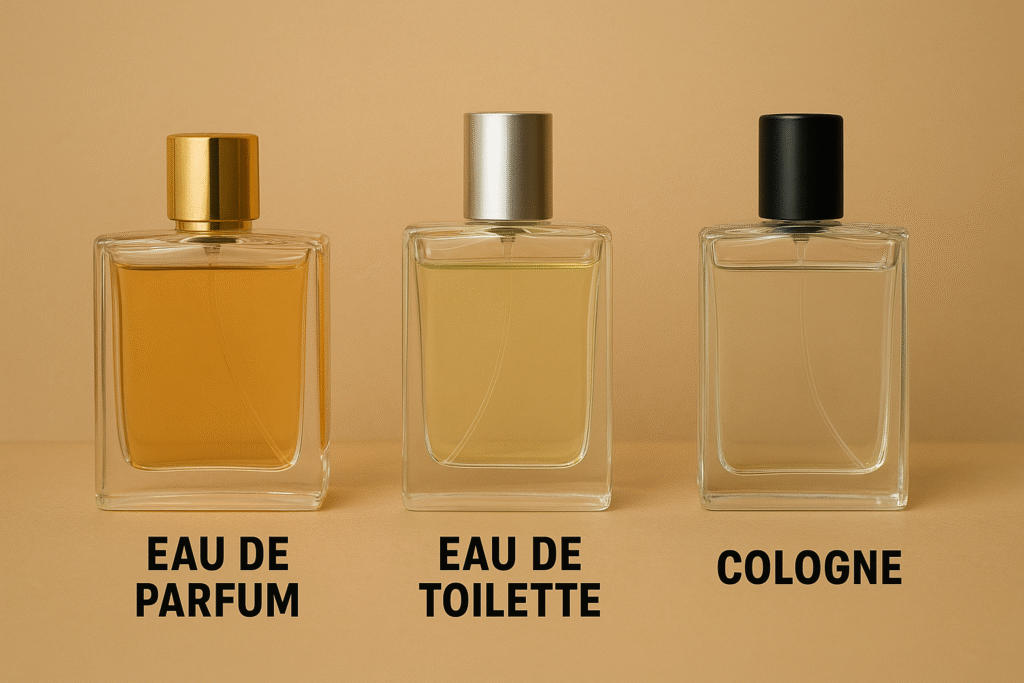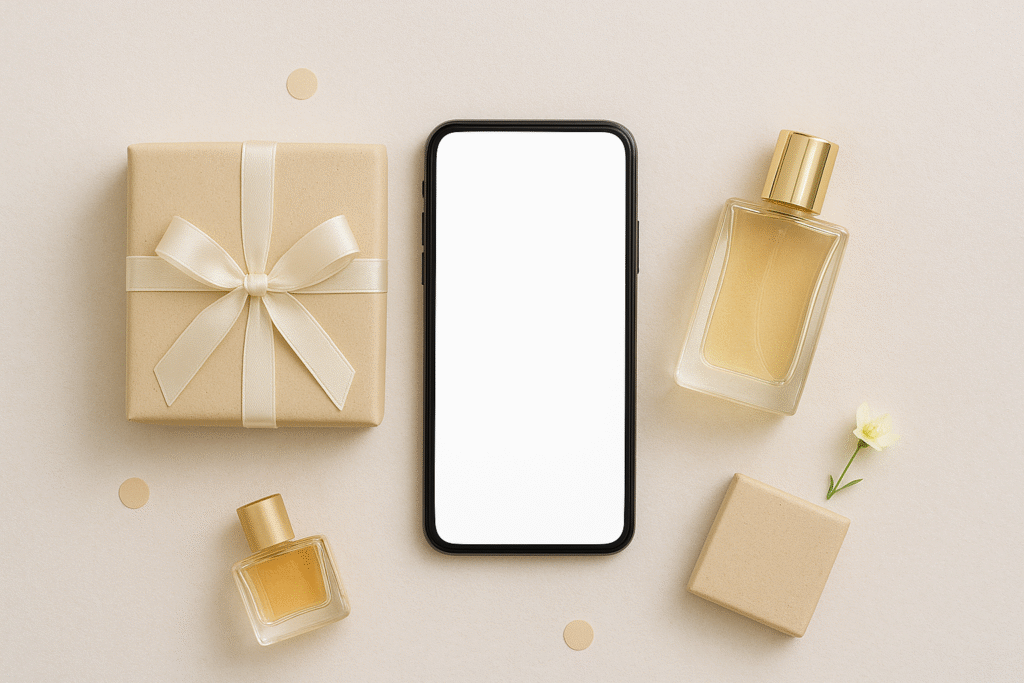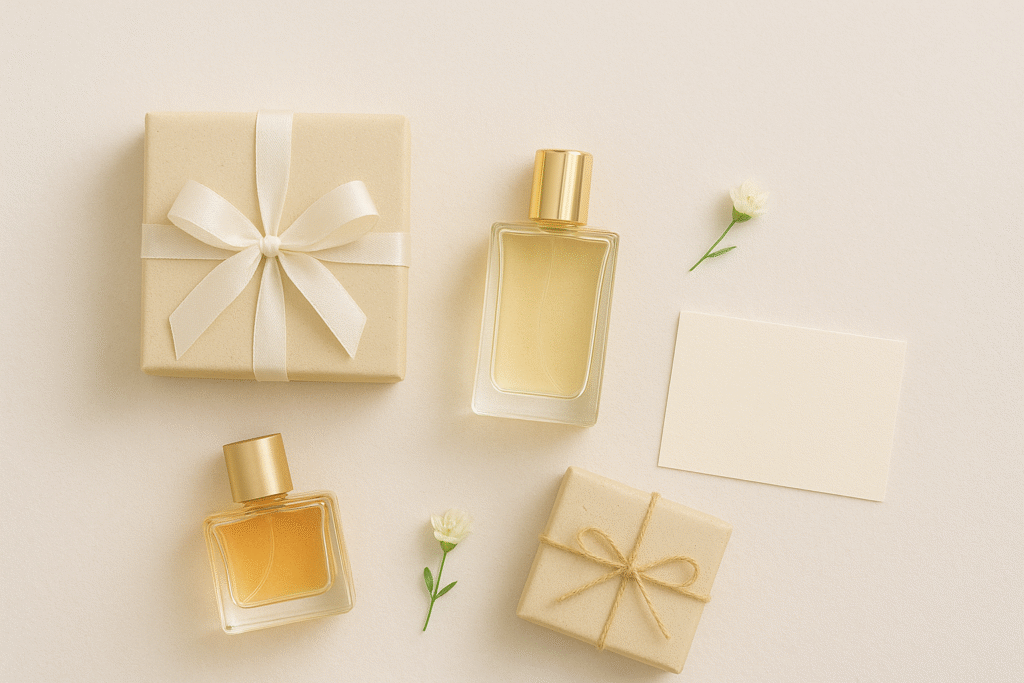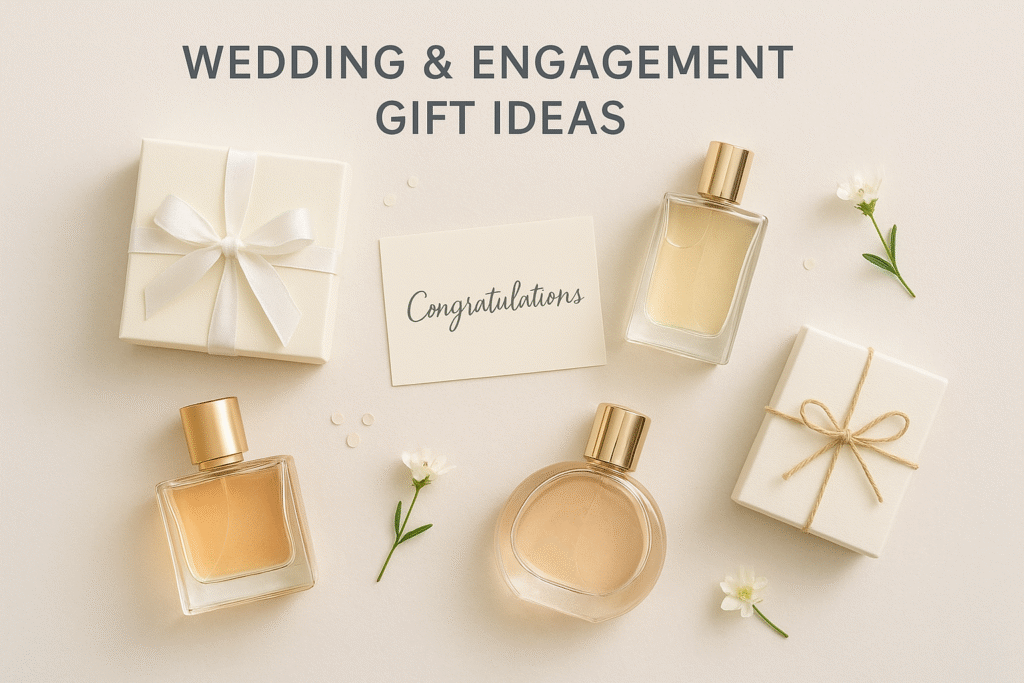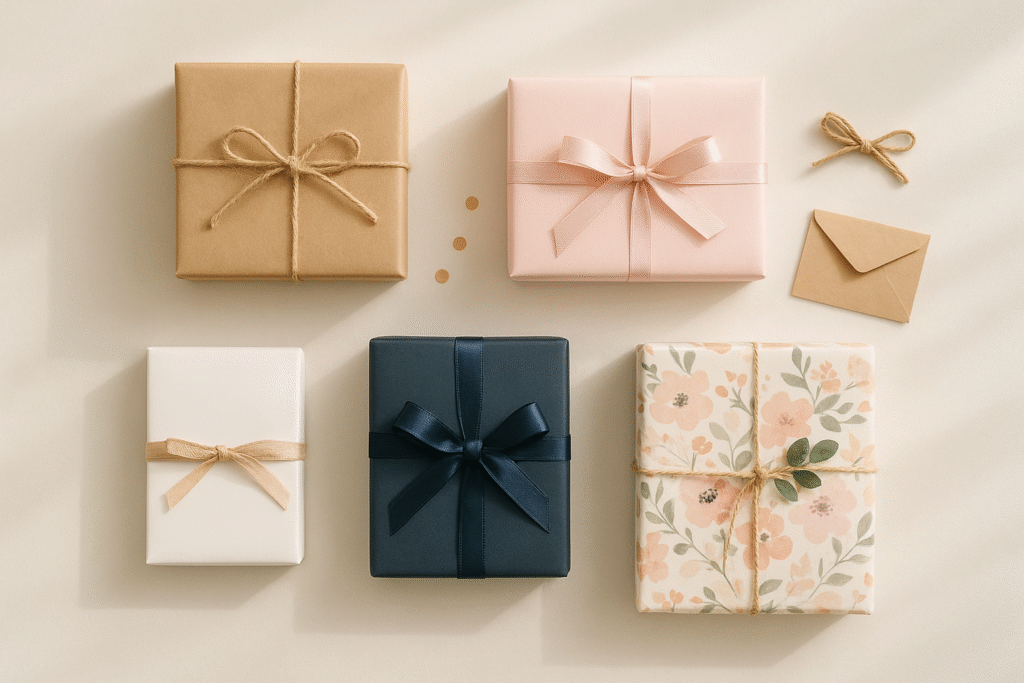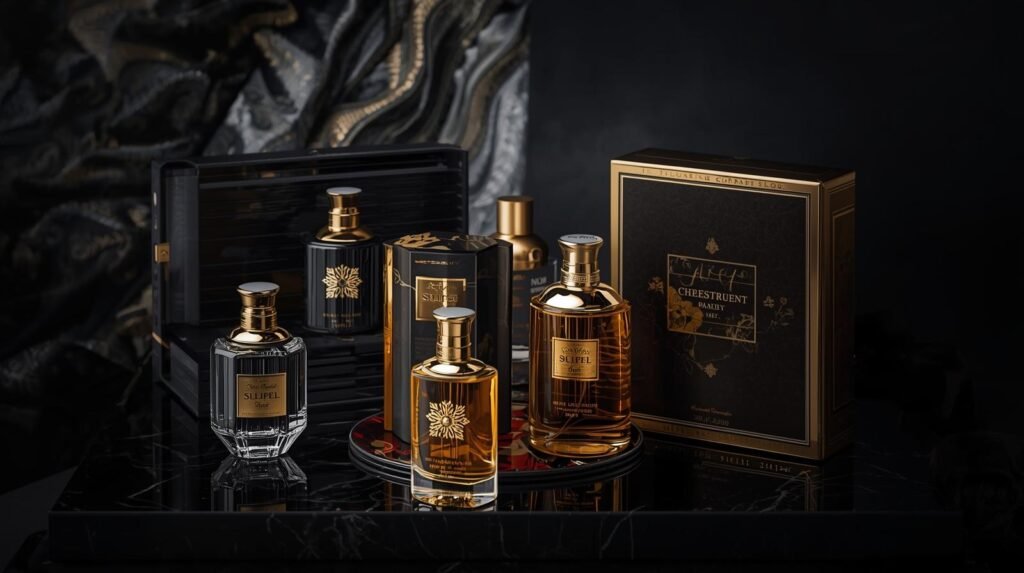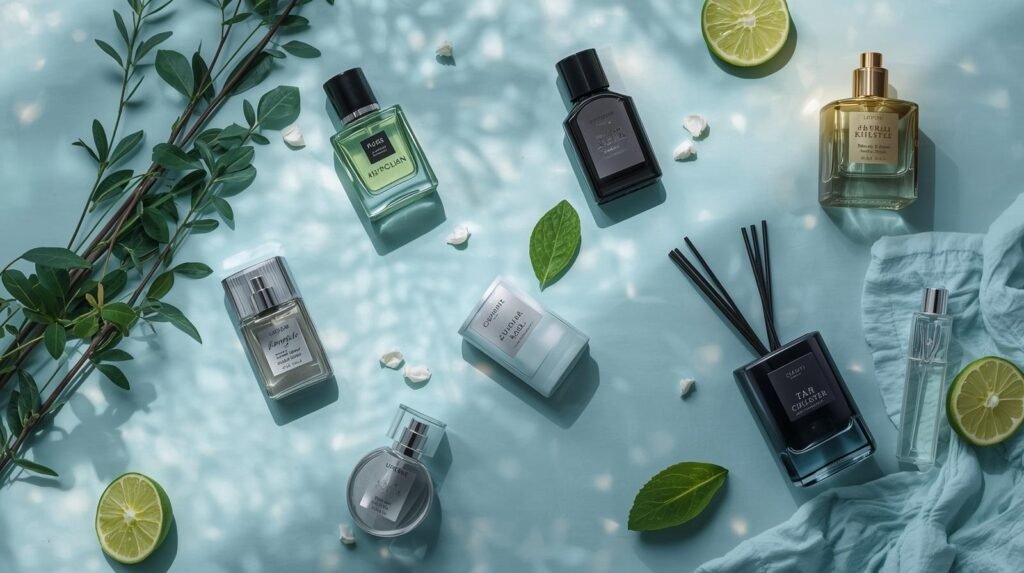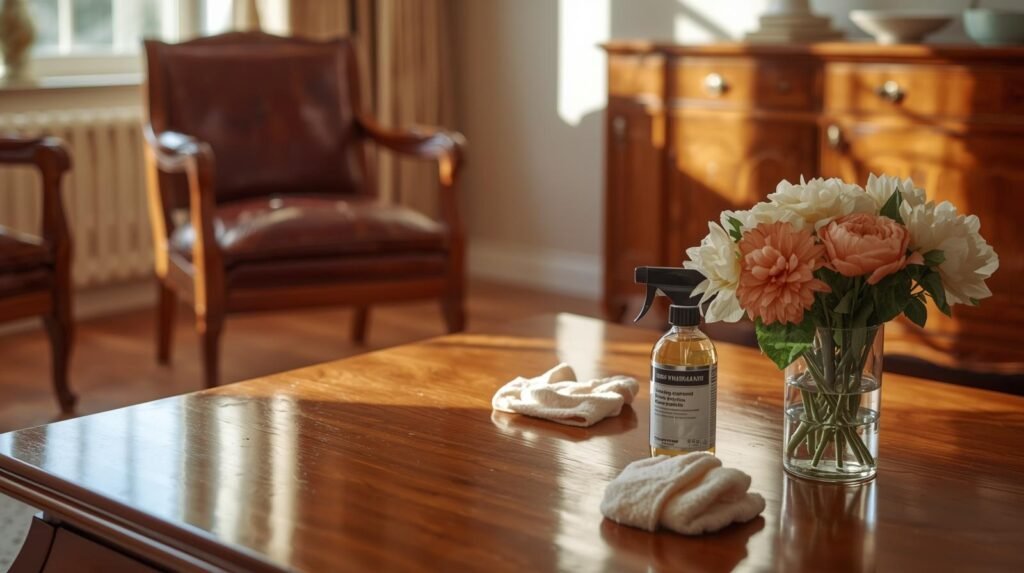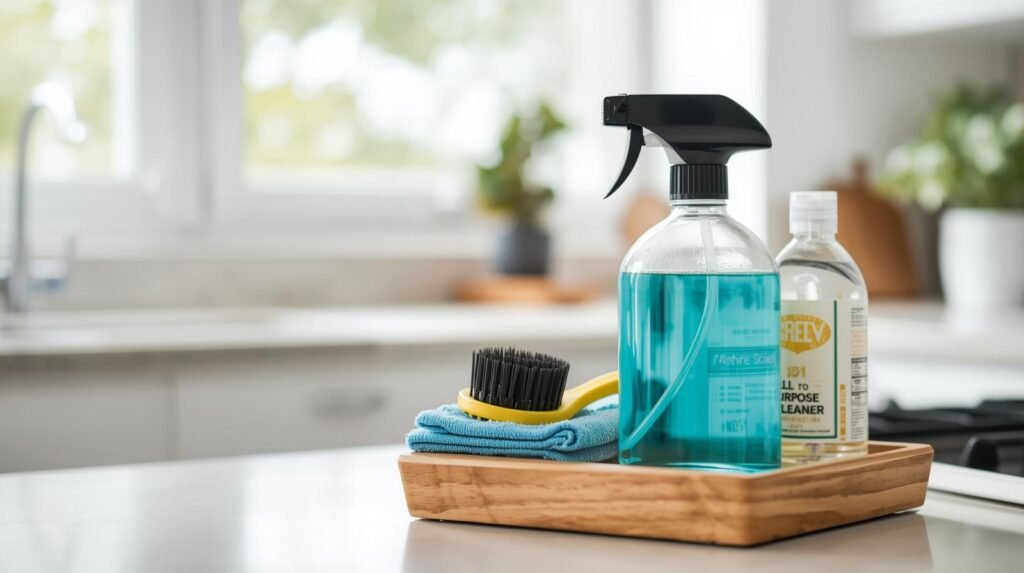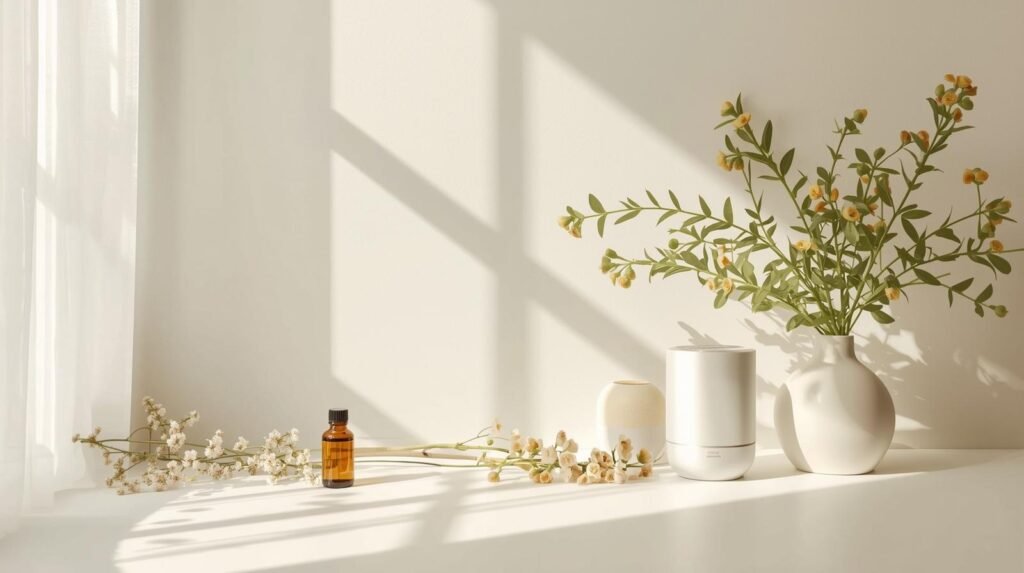History of Perfumes – From Ancient Times to Modern Trends
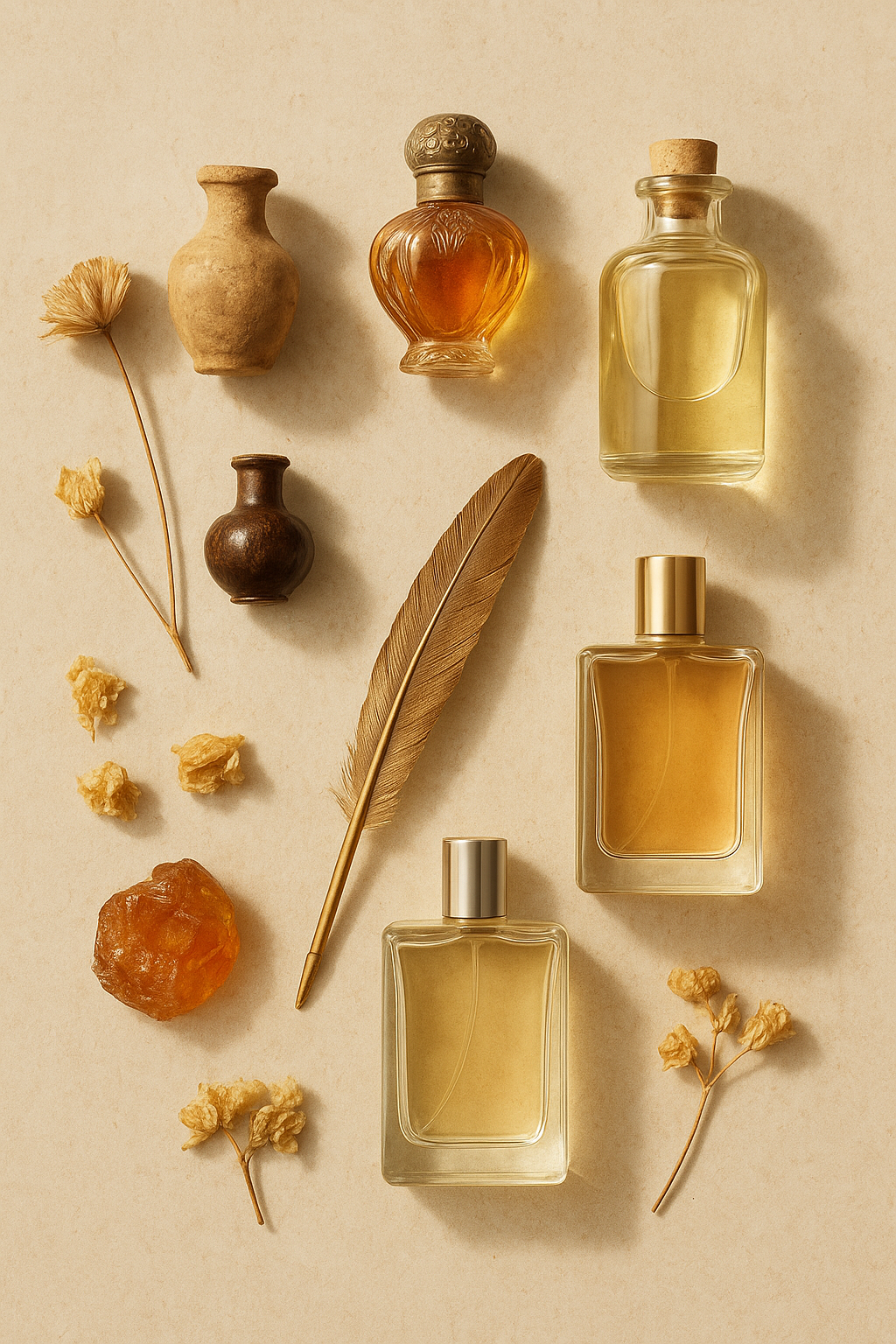
Perfume has fascinated humans for thousands of years, from sacred rituals in ancient civilizations to luxury fashion statements today. Understanding the history of perfumes not only deepens your appreciation for fragrance but also helps you understand modern trends and innovations in perfumery.
In this article, we’ll take you on a journey through time exploring how perfume evolved from ancient aromatic rituals to the modern fragrance industry.
1. Perfumes in Ancient Civilizations
Egypt: The Birthplace of Perfume
- Egyptians were pioneers in perfume-making, using essential oils, resins, and flowers in religious rituals.
- Famous scents included myrrh, frankincense, and lotus.
- Perfumes were symbols of status, spirituality, and luxury.
Mesopotamia and Persia
- Perfumes were used in temples and royal courts.
- Early distillation techniques in Persia laid the foundation for modern perfume production.
2. Perfumes in Ancient Greece and Rome
- Greeks viewed perfume as therapeutic and aesthetic, using oils for massage, baths, and cosmetics.
- Romans popularized perfume in public life, integrating fragrances into homes, clothes, and public baths.
- Both civilizations contributed to modern fragrance blends and luxury scent culture.
3. Perfume During the Middle Ages
- Perfume usage declined in Europe due to religious constraints.
- However, Arab chemists preserved the art of distillation and enhanced essential oil production.
- By the 12th century, perfumes regained popularity in European courts, particularly in France and Italy.
4. The Renaissance and the Birth of Modern Perfumery
- Perfume became a symbol of wealth and elegance.
- The French city of Grasse became the perfume capital, pioneering modern techniques and cultivation of fragrant flowers.
- Classic perfumes with complex scent compositions began to emerge.
5. Perfume in the 19th and 20th Centuries
- The industrial revolution introduced synthetic aromatic compounds, expanding fragrance possibilities.
- Perfume became more accessible to the middle class.
- Iconic modern perfumes were created, shaping today’s luxury fragrance market.
6. Modern Trends in Perfumes
- Contemporary perfumery blends natural ingredients with synthetics for longevity and innovation.
- Popular trends include:
- Unisex and gender-neutral scents
- Sustainable and eco-friendly perfumes
- Customizable fragrances for a personal touch
- The fragrance industry continues to evolve with technology, fashion collaborations, and niche markets.
7. Why Knowing the History of Perfume Matters
Understanding the history of perfumes helps you appreciate:
- The artistry behind fragrance creation
- How cultural influences shaped scent preferences
- Why certain notes, ingredients, and trends remain timeless
Final Thoughts
From ancient rituals to modern luxury, perfume has always played a role in expressing personality, culture, and style. Whether you love classic scents or modern blends, knowing the history of perfume adds depth and appreciation to every fragrance experience.

